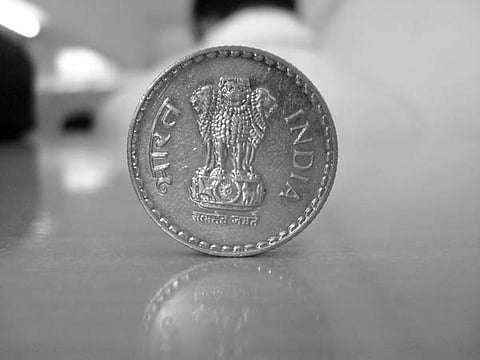Hack business
In November 1992, as the Indian economy was waking up to the world, I joined its workforce. In spite of having received an MBA, for some reason I landed in business journalism – perhaps the ability to read balance sheets was considered an advantage. But within a month of starting work, I made a decision to attend as few press conferences as possible. Even within my short experience, the general atmosphere of press conferences – the gift-giving, the 'where is my voucher?' mentality – had begun to wear on me, making for a soiled feeling that seemed to be at odds with the actual content of my work. Researching for, analysing and writing business stories was, and still is, a lot of fun.
As the Indian economy liberalised, there were loads of exciting stories to work on – myriad things to discover and people to meet. Indians ushered into their country the Coca-Colas, Kelloggs and other brands that had thus far only been seen in American sitcoms. They also watched the birth of the IT revolution, the growth of the Internet, the rise of manufacturing, financial services, marketing communications, and the corporatisation of Indian advertising. As the buzz around India grew, so too did the opportunities. From the choices of becoming doctors and engineers, young Indians now had career options in retail, hospitality, media and dozens of other booming sectors.

